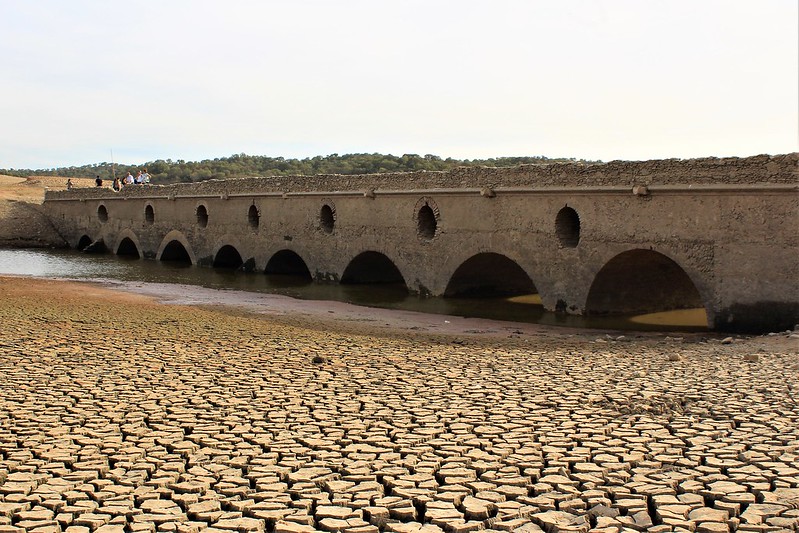Significant trends affecting water availability

According to the 2020 UN World Water Development Report, Global water use has increased by a factor of six over the past 100 years and continues to grow steadily at a rate of about 1% per year as a result of increasing population, economic development and shifting consumption patterns.
The world’s expanding population is placing increasing demands on water for drinking, food production, sanitation and other basic social and economic needs. Human activities are becoming increasingly intensive and diverse, producing a definite, ever-growing impact on water resources through depletion and pollution.
Land use and its changes (deforestation, agriculture, urbanisation, and soil and water conservation measures) affect the actual rate of evaporation, characteristics of surface runoff and rates of infiltration, all fundamental factors affecting water storage and availability.
The Post 2015 Water Thematic Consultation Report highlighted the following most important Climate Change Related Risks threatening the hydrological cycle: urban heat waves, melting glaciers, longer droughts, drying reservoirs, and increased frequency of floods and droughts. All of these climate change impacts will affect freshwater availability, and in the longer perspective, endanger water security.
Materials
